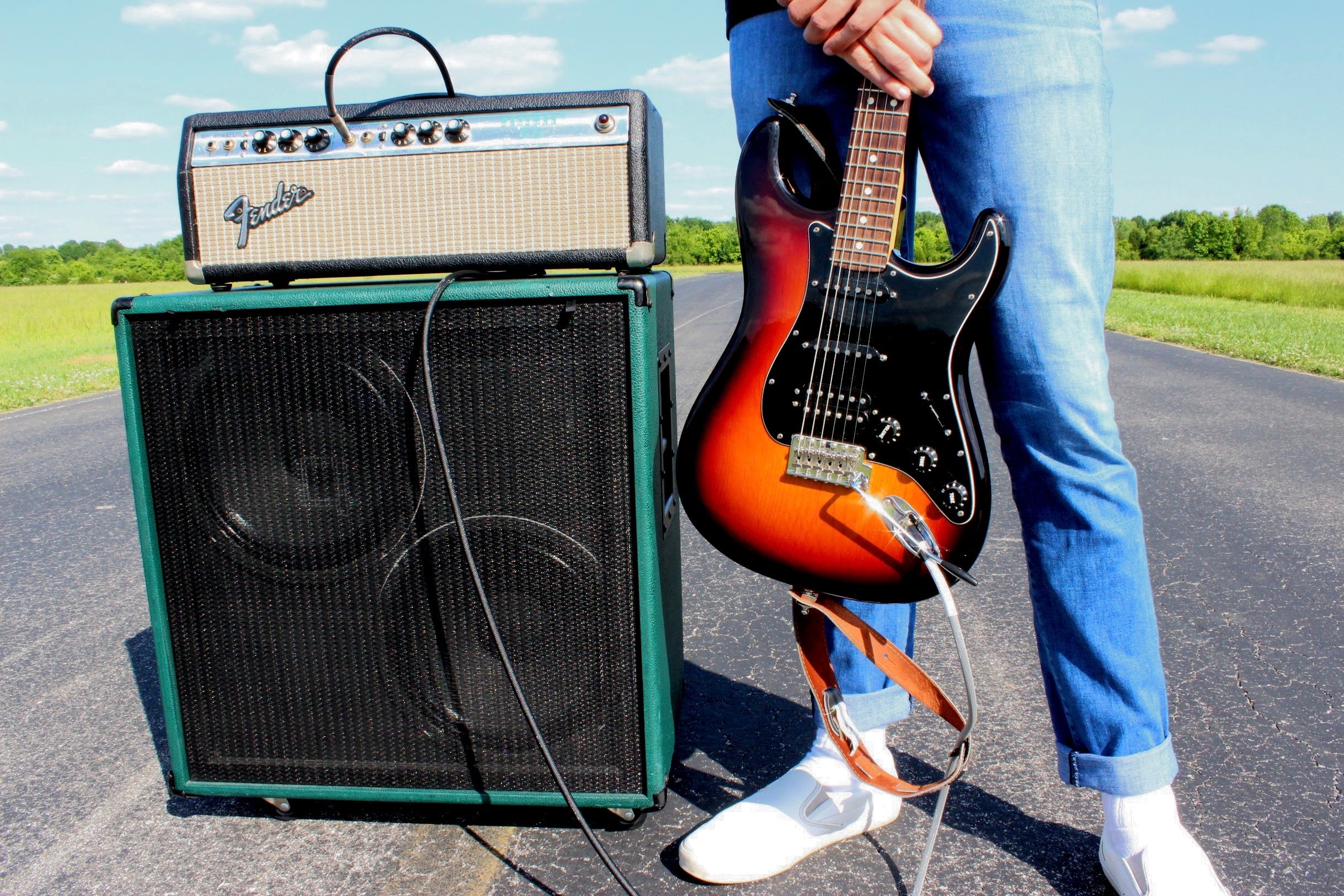Braided vs. Spiral Shielding in Audio Cables
When it comes to audio cables, the type of shielding used can have a significant impact on the overall performance and quality of the sound transmission. Two common types of shielding found in audio cables are braided shielding and spiral shielding. But what exactly are the differences between these two types of shielding, and how do they affect the audio signal?
What is Braided Shielding?
Braided shielding consists of multiple strands of wire woven together in a tight pattern around the inner conductor of the cable. This type of shielding provides excellent coverage and protection against electromagnetic interference (EMI) and radio frequency interference (RFI). The tight weave of the braided shield offers a high level of durability and flexibility, making it ideal for use in situations where the cable may be subject to bending or twisting.
What is Spiral Shielding?
Spiral shielding, on the other hand, consists of a single strand of wire wrapped in a spiral pattern around the inner conductor of the cable. While spiral shielding also provides some level of protection against EMI and RFI, it is generally less effective than braided shielding. Spiral shielding is often more cost-effective and easier to manufacture than braided shielding, making it a popular choice for budget-friendly audio cables.
Which is Better for Audio Quality?
When it comes to audio quality, braided shielding is generally considered superior to spiral shielding. The tight weave of the braided shield offers better coverage and protection against interference, resulting in a cleaner and more reliable audio signal. This is especially important in professional audio settings where signal integrity is crucial.
Which is More Durable?
In terms of durability, braided shielding is also the clear winner. The tight weave of the braided shield provides better protection against physical damage, such as bending, twisting, or crushing. This makes braided shielding ideal for use in situations where the cable may be subject to rough handling or frequent movement.
Conclusion
When it comes to audio cables, braided shielding is generally the preferred choice for high-quality sound transmission and durability. Whether you're a professional audio engineer or a casual music enthusiast, investing in cables with braided shielding can help ensure a clean and reliable audio signal every time.
Runway Audio exclusively uses braided shielding cable for all of our High-Quality Audio Cables.
The Enduring Allure: A History of Tube Guitar Amps
Podcast Episode 3 | Interchange Noise Works' Jared "JJ" Johnson

You can now check out the third installment of Runway Audio’s podcast! This month, we talked with the Founder/CEO of Interchange Noise Works, Jared “JJ” Johnson.
6 Great Instagram Accounts for Guitar Gear

Instagram is filled with loads of valuable information on guitars and gear. Knowing where to look and who to trust is key to learning and acquiring the right gear. We know it can be hard and time-consuming to find the right channels so we compiled a list of pages we feel are informative and useful. Check it out!
What Stood Out from NAMM 2021

This past week, our feeds have been full of all of the awesome releases from the annual winter NAMM show. As lovers of gear, we were glued to the virtual demonstrations of new products and we were so happy to even have a NAMM this year to talk about. With the many releases announced this past week, we wanted to highlight a few of our favorites that you should keep in mind.
Guitar Gifts That Won't Break the Bank 2020

This holiday season, the team at Runway has gotten together to make a gift guide that WON’T break the bank. Whether buying gifts for friends or even yourself, these gifts will be a hit.
COVID Update: Dealer Support

During this time, we are offering support to music stores who sell our cables. For the month of April, we are sending a portion of our gross online sales to our authorized dealers that are located in the area where direct sales are shipped.
Necessary Items for Musicians During Quarantine

We sat down and figured out what every guitar player needs to keep his or her chops up during quarantine!
What is an IR?
Lately, in the guitar world, there has been a lot of talk on IRs and amplifier simulators especially with the release of the Line 6 HX Stomp and the Strymon Iridium. Most of the time, these units are quite convincing and sound nearly identical to the original amp and cab setup. While many of us have just recently heard about IRs in the last couple years, they have actually been around since the 70’s. Let’s look at what an IR is and why it is so cool.
Signal Chain Basics

When you’re just starting into building a pedalboard, it’s crazy to look at some of your favorite guitarists boards and think “How does that even work?” or “How did they put that all together?” Let me tell you, that board didn’t just appear. Many guitar players go through multiple boards and many pedals to finally reach the setup they are using now, typically getting more complex with each iteration. But everyone has to start somewhere! And that’s what we are exploring today: the basics of your first signal chain.
Digital Delay: How It Works and the DD-20

Currently, digital delay units can be found in CPU’s to use as plugins in DAWs, and in DSP chips to use in rack units and guitar pedals. I am going to discuss a few techniques used in creating these delay units from a digital signal processing (DSP) prospective, and then talk about my favorite digital delay unit that utilizes these techniques.
What You Need to Know About Power Supplies

If you are here right now, you are most likely looking for the best way to power the pedalboard you are assembling. You’ve come to the right place. Everyone here at Runway has been through this cycle and learned along the way. Learn from our mistakes and what we have found to be the most important features of power supplies.



